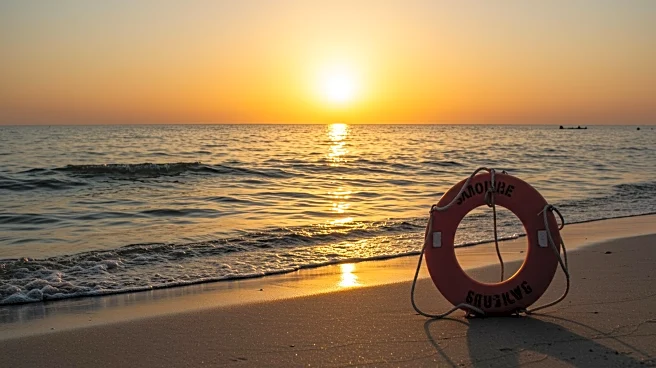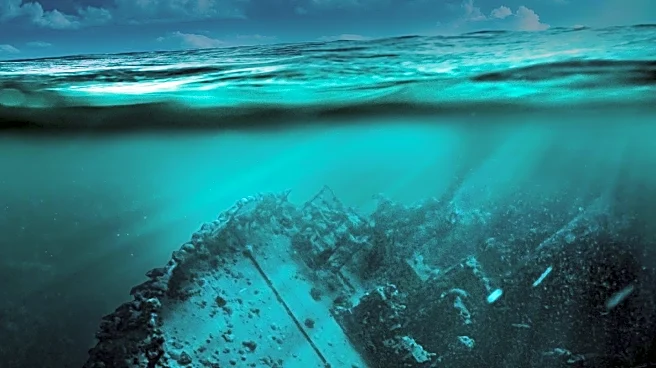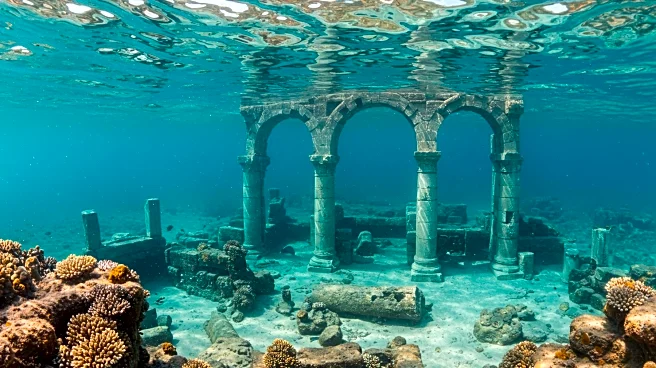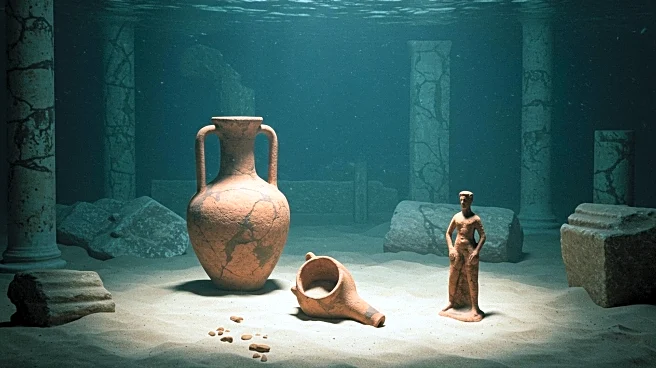What's Happening?
A tragic incident occurred at Abu Talat Beach in Alexandria, Egypt, where six students drowned during a school trip. The students reportedly struggled in the water, leading to a large-scale rescue operation involving 16 ambulances. Despite efforts, the six students were pronounced dead at the scene, while 24 others were injured, with three treated on-site and 21 taken to hospitals. In response, Alexandria officials have closed the beach and raised red warning flags to caution against dangerous wave conditions and strong currents. The Egyptian Ministry of Health has urged adherence to safety guidelines, and an investigation is underway to assess the adequacy of safety measures.
Why It's Important?
The incident highlights the critical importance of safety protocols in recreational areas, especially for school trips. It underscores the need for stringent safety measures and emergency preparedness to prevent such tragedies. The closure of the beach and the investigation may lead to improved safety standards and regulations, potentially influencing policies in other regions. The tragedy also serves as a reminder of the risks associated with water activities and the necessity for public awareness and education on water safety.
What's Next?
The ongoing investigation will determine whether proper safety measures were in place at the time of the incident. Depending on the findings, there may be changes in safety regulations and enforcement at beaches across Egypt. The incident could prompt international discussions on water safety standards, especially for organized group activities. Authorities may implement stricter guidelines and training for staff overseeing such trips to prevent future occurrences.
Beyond the Headlines
The tragedy raises questions about the responsibility of educational institutions and local authorities in ensuring student safety during excursions. It may lead to broader discussions on the accountability of schools and tour operators in safeguarding participants. The incident could also influence cultural perceptions of safety and risk management in recreational activities, potentially leading to increased vigilance and preventive measures.











